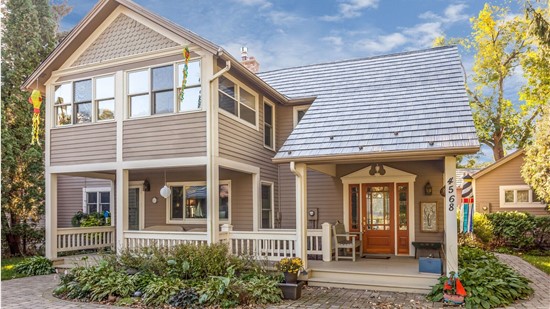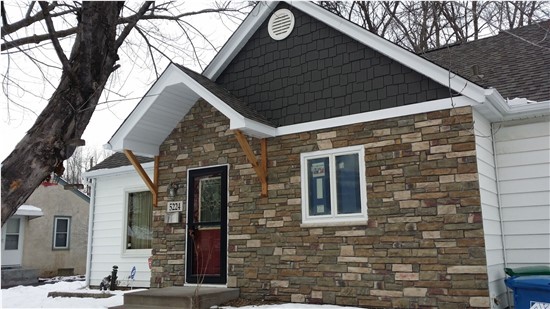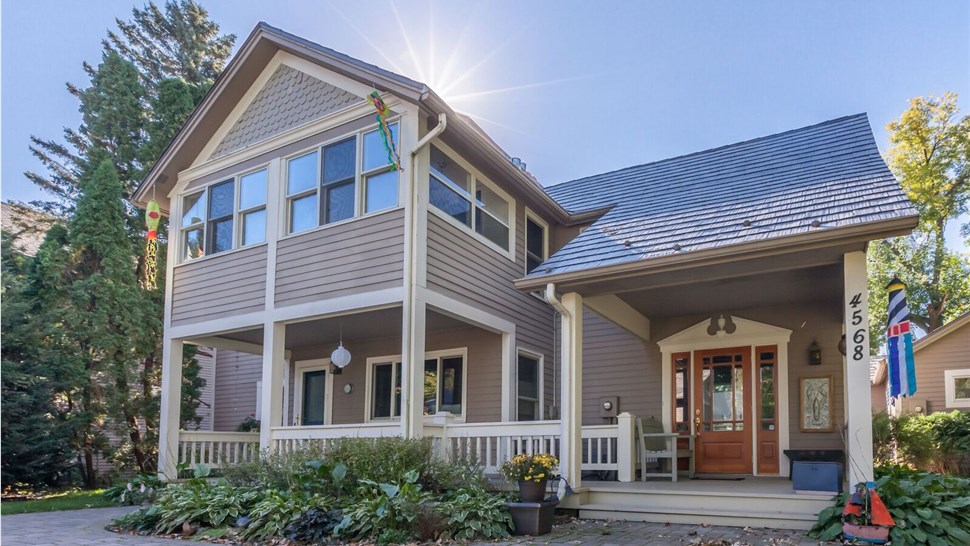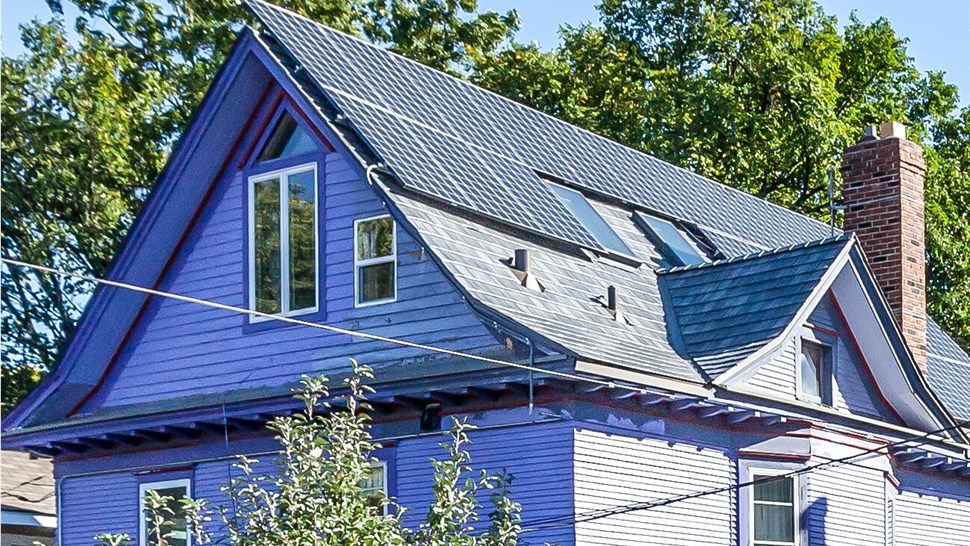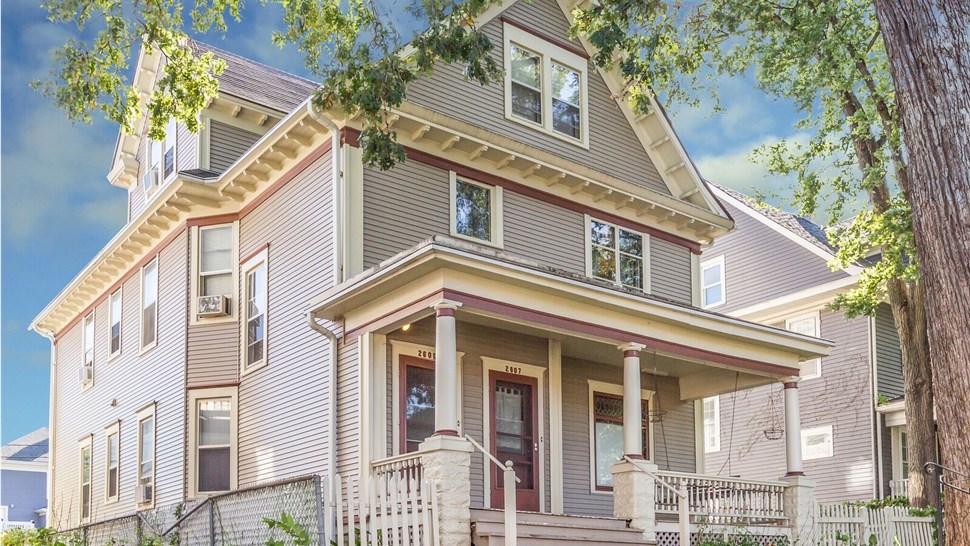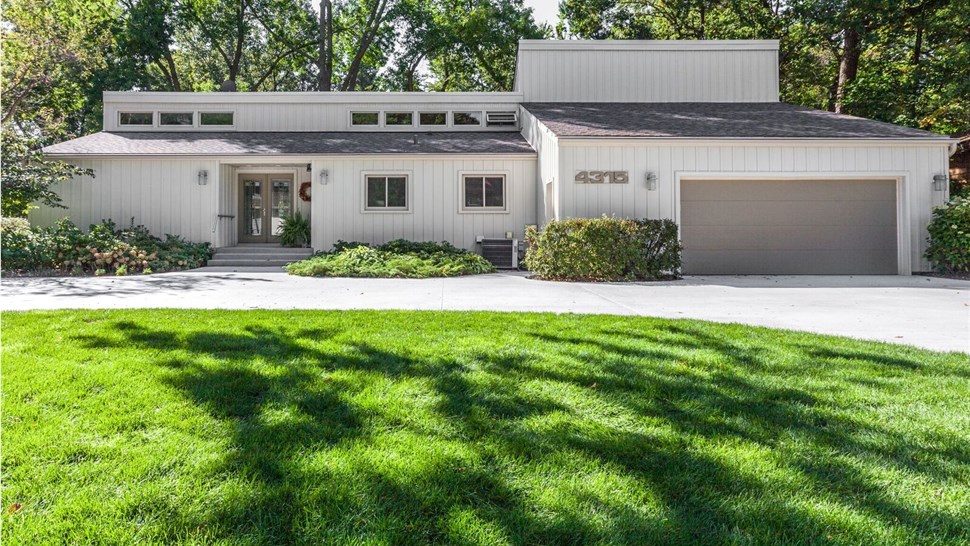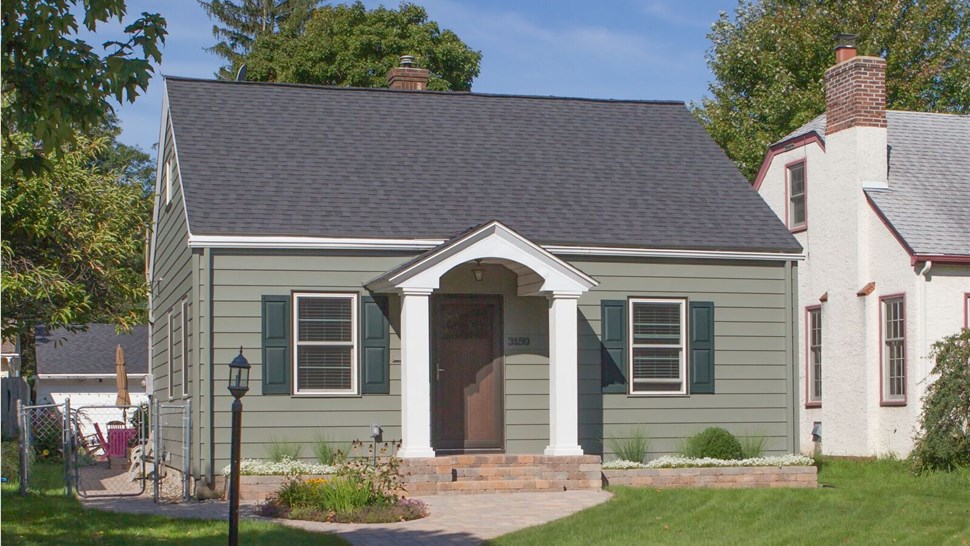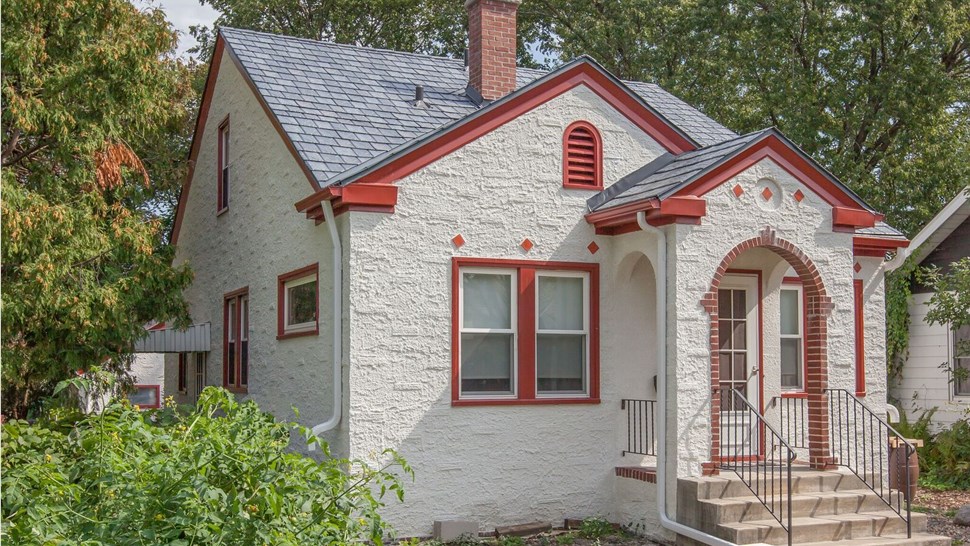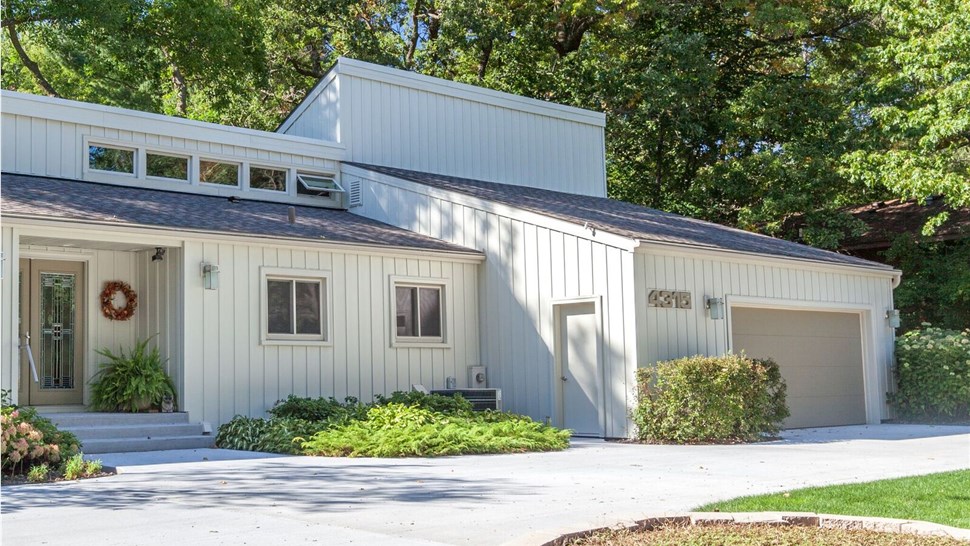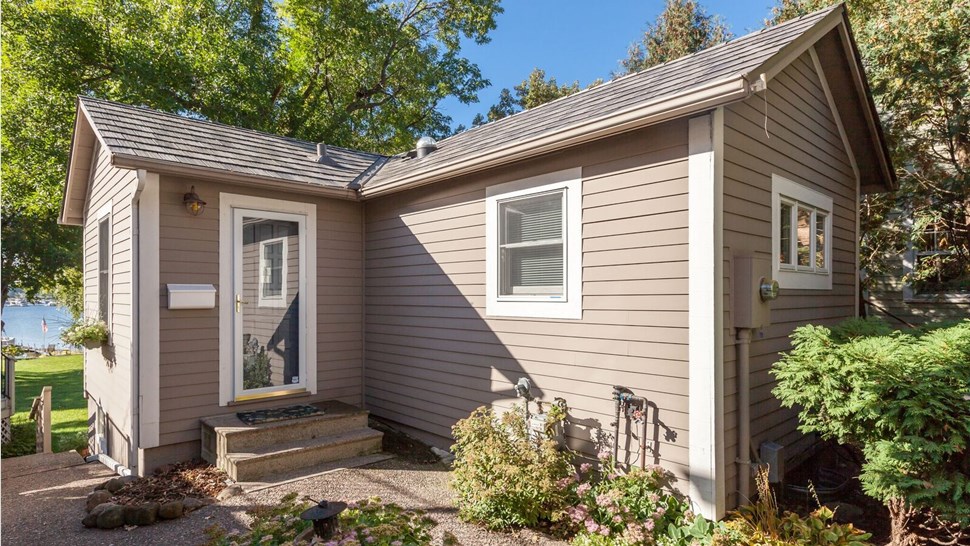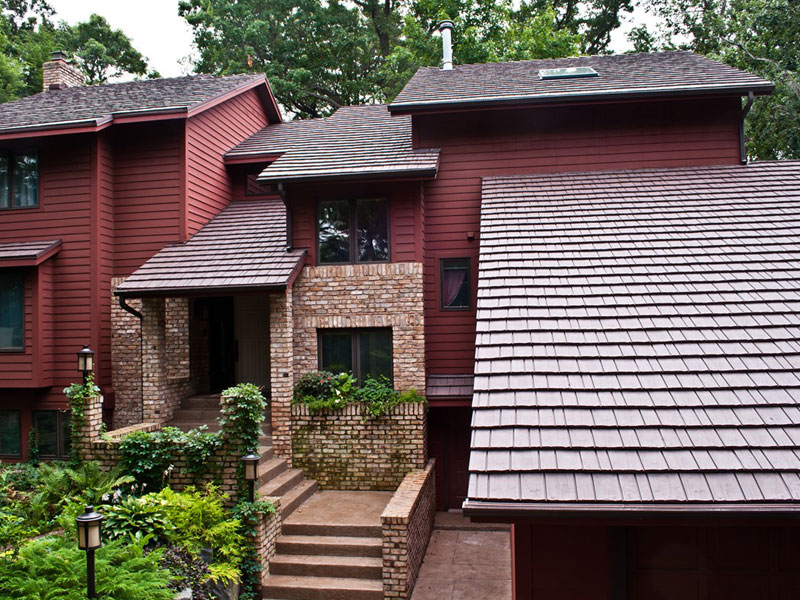
Minneapolis-St. Paul Roofing & Roofing, Siding and Windows
We provide everything you could need for a beautiful, weather-resistant, and low-maintenance home exterior.
Roofing
Our Minneapolis-St. Paul roofing company offers roof installation, repair, and replacement for both asphalt roofs and metal roofs using premium materials from trusted brands.
Learn MoreSiding
Improve the appearance and energy efficiency of your home with high-performance siding. We install vinyl siding, composite siding, steel siding, and others.
Learn MoreWindows
Choose from a variety of window replacement types and custom design features to get the appearance and functionality that you need.
Learn MoreDoors
We install durable exterior doors that offer the beauty of real wood grain finishes, but unlike wood doors, ours will never warp, shrink, or crack.
Learn MoreGutters
Protect your roof, foundation, and landscape from the perils of water damage with our high-quality gutters and low-maintenance gutter guards.
Learn MoreEnergy Efficiency
If you want a more energy-efficient home, then complete your roofing or siding project with energy saving insulation and attic ventilation.
Learn MoreLimited Time Offers
Quarve Metal Roofing Sale!
For a limited time only, save up to $5,000 on metal roofs this Spring. Invest in the future and save some money by scheduling a FREE in-home consultation to get that dream project started.
Expires 04/28/2024
Reasons to Select Quarve Contracting For Your Home Improvement Project
Learn more about why Quarve is the best choice for your upcoming home improvement project.
Absolute Warranty Protection on Your Minneapolis-St. Paul Remodel
With our comprehensive product and labor warranty, all of your remodeling installations are guaranteed to perform.
Our Process
Schedule a Consultation
Do you need someone to come out and look at your roof and help you decide what to do next? We'd love to share our roofing expertise with you.
Detailed Proposal
Our proposal and estimates are transparent. We'll breakdown the costs for materials and labor, so you will know you're working with an honest company.
Project Installation
During any project, we take extra care to treat your property with respect. We stand behind our work and the quality we promise.
Affordable Solutions
You don’t have to put quality on a shelf to get the affordable solution that you need. We provide competitive prices and flexible financing options.
Why Our Minneapolis-St. Paul Exterior Remodelers?
Full-Service General Contractors
As fully licensed and insured general contractors, we can handle the toughest jobs—even where structural damage has occurred. In fact, when other remodelers are at a loss, they call us!
Locally Owned and Operated
We understand the needs of homeowners in our area because we live here too. Our team takes every project seriously, and we settle for nothing less than complete customer satisfaction.
40+ Years of Experience
Our contractors are known for their expertise and ability to solve difficult problems with precision, and we stay apprised of the latest technologies for strong, stylish, and energy efficient homes.
Final Review
Our project manager will review the work to ensure that everything is done to our high standards and that of local building regulations.
Preferred Exterior Remodeling Company Serving Minneapolis-St. Paul
View All Cities Get Free EstimateScroll Through Our Past Projects to See Our Results!
Make Your Project Come To Life Through Our 3-D Visualizer!
Get Started Now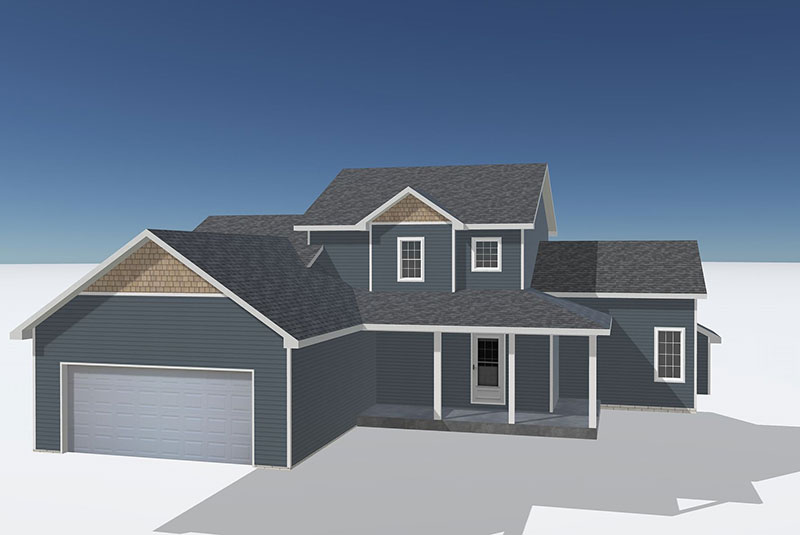
About Us
Solving problems is what we do best at Quarve Contracting. Whether you are faced with a complicated repair, tight budget, or need help finding the right products for your home, we take the time to create a solution that you will be satisfied with now and for years to come.
Learn More










